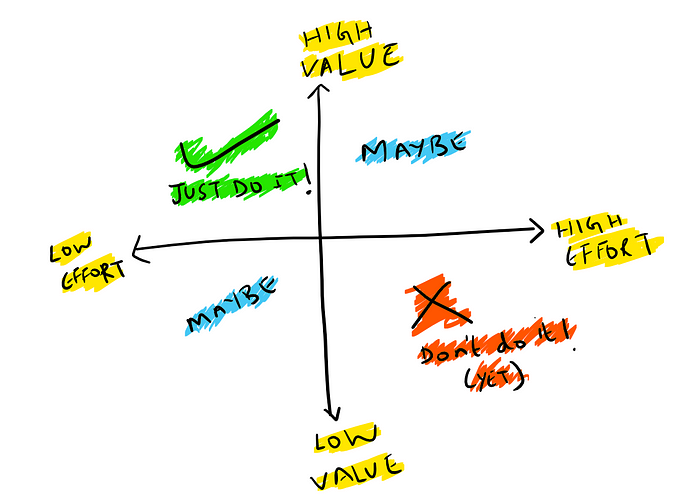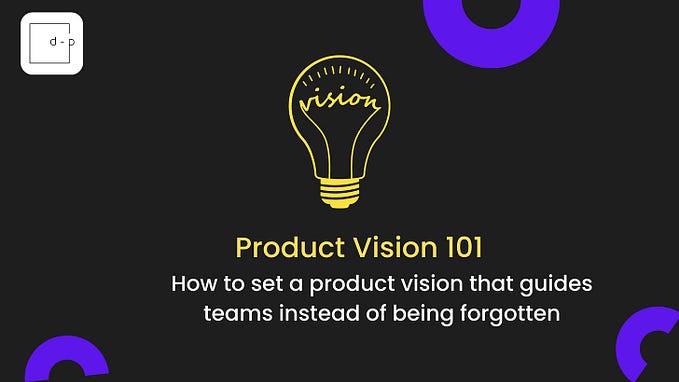How Product Management and Customer Success can collaborate to define a ‘feature request and prioritization process’

A Product Manager (PM)is always bogged down by feature requests and bugs from client-facing teams. These requests or bugs may get piled up in a huge list causing difficulties for a PM to determine which one to tackle first. Every Customer Support Representative or Customer Success Manager (CSM) will claim their tickets to be prioritized or resolved first. This becomes tricky for the PM to focus on the priority. It can also affect the pre-planned product roadmap and timelines for the planned feature roll-out. A bad prioritization can lead to issues at all levels including client retention, revenue impact, NPS score, etc.
To help a PM get out of this mess, the Customer Success Team (CS) have a huge role to play in this process. Let us look at how this is going to become possible:
1. ‘Customer Success Team’ — the gatekeepers of feature requests from Clients
The Customer Success Team should be the single point of contact for all the incoming customer feature requests, be it from clients, account managers, sales, marketing, solution consultants or other CSMs. The CS team should be the source of truth for all the ‘Client Requests’. They should document these requests in their repository and review it regularly with other CSMs initially to get alignment within their group.
The output of this phase would be a single dashboard of ‘Client Request’ under the ownership of Customer Success Team.
2. Define the format of Client Request from CSM
When the Customer Success Team interacts with Product Managers and showcases the list of client request for feature improvement or innovation, it is not enough for a Product Manager to make an informed choice for prioritization. There needs to be more data points added to it to help Product Managers make an informed decision.
The sample list of fields are provided as an example, for whom the data needs to be captured by the CSMs before their discussion with PMs. CSMs would have the data for almost all the fields mentioned below:

- Feature Requested: This is the ask of the Client directly or indirectly via other means.
- Product: Which product or product suite does this feature tie to.
- Client: Name of the company who requires this feature.
- ARR: If you are a SaaS company then you will look at the Annual Recurring Revenue (ARR) else total revenue brought in by the client if you are a non-SaaS company.
- NPS: Net Promoter Score which implies the impression of the Client about your product(s).
- Health Indicator: Was there an escalation sometime back that the Client is upset about? Health Indicator indicates the relationship of the Client with the company selling the product. The various indicators are — Red: Indicates bad, Yellow: Indicates Neutral, Green: Indicates Good.
- Severity: Determines the seriousness of the issue . Can be broken down in to — Low, Medium and High.
- Renewal Date: The date when the contract expires.
3. Analyze and Collate the feature request data
The Product Management and Customer Success teams can define the recurrence of the meetings to discuss the Client feature requests. It can be bi-weekly, monthy or quarterly. In this meeting, the Customer Success Teams will pull the report from the dashboard and analyze it to categorize the request. For illustration, the categorization may be on the most frequently asked feature, most impacted feature, high severity bugs or features based on ARR impacted.
They can put a score or priority on the request they deem important from their end that should be projected to the Product Manager’s. The CSMs would do a walk through on these requests and give space for the PMs to come back with their thoughts!
4. Size the requests and Prioritize the features
Once the walk-through on the feature request is done by CSMs, the Product Managers should analyze the requests to see if they seem legitimate to be worked on. Post the analysis of the requests, the PM would need to run it by his/her Engineering team to capture the high-level effort involved to develop the feature request or fix the bug.
Once the efforts are captured, the Product Managers will need to prioritize the features. Using the data from CSM’s and the level of effort provided by the engineering team, it becomes simple for the Product Managers to make the call. The features can be plotted against the ‘Effort vs Value’ matrix (as shown below). It is imperative to develop a feature that has low effort and maximum value to reap the benefits sooner. The ‘low effort — low value’ or ‘high effort — high value’ items can be decided upon other factors as captured by the CSMs (target requests based on renewal date, maximise renewals, reduce the impact of issue, etc).

5. Customer Communication
Once the features have been prioritized, the news needs to be relayed it to the Clients. This not only makes the Clients feel happy but also instills confidence in them and gives them a sense of importance that their voice is being heard. The CSMs should also make sure that the other Clients know about the new feature whenever they talk or communicate with them.
This would close the loop of feature requests coming in and getting out (releasing the feature).









